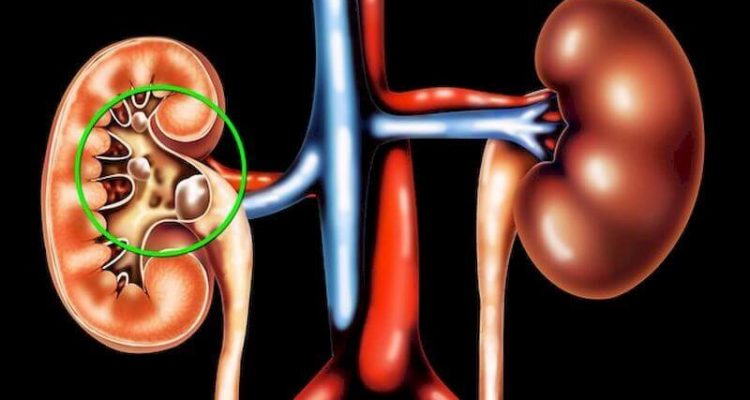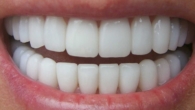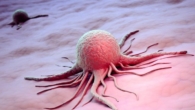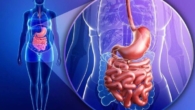
A German urologist explained why kidney stones form and the main symptoms
Kidney stones are a common disease, such as diabetes or neurodermatitis. In five percent of the population, deposits form in the kidneys or bladder at least once in their lives, which can cause severe pain. German urologist Olaf Jungmann talks about how everyone can prevent urolithiasis and how to change lifestyle if stones have already appeared.
Why are urinary stones formed and what does this have to do with way of life?
If the body excretes more of a substance than can be dissolved in the urine, there is a risk of sediment accumulation. It happens to each of us every day, for example, at night when we don't drink much. However, as a rule, these are only microscopic crystals that we release the next time we go to the toilet. If, however, too many spikes or crystallization nuclei are not washed away for some reason, visible stones are formed, which in extreme cases can grow to the size of a child's fist. This depends, among other things, on our metabolism, which we greatly influence through diet and exercise.
Symptoms of kidney stones
Most urinary stones are formed in the kidneys. They usually do not hurt there and cause problems only when they are very large. Kidney stones are often discovered accidentally during ultrasound or computer tomography.
But if a stone enters a narrow ureter, a few millimeters in diameter is enough to clog it. As a result, pain occurs, up to colic (pain attacks similar to cramps), and the urinary stone must be removed.
Urinary stones can also cause problems indirectly. Because they are breeding grounds for bacteria, some patients go on to get inflammatory urinary tract infections from the stones.
“Anyone who has ever had urinary stones should change their lifestyle,” says Jungmann.
p>
Can urine stones dissolve with medication?
This only works with uric acid stones when the pH of the urine shifts to an alkaline level. The problem, however, is that we usually don't know what the stone is made of before treatment. There are approaches to predict the composition of urinary stones using so-called dual-energy computed tomography, but this is still in the realm of clinical trials.









Leave a Reply